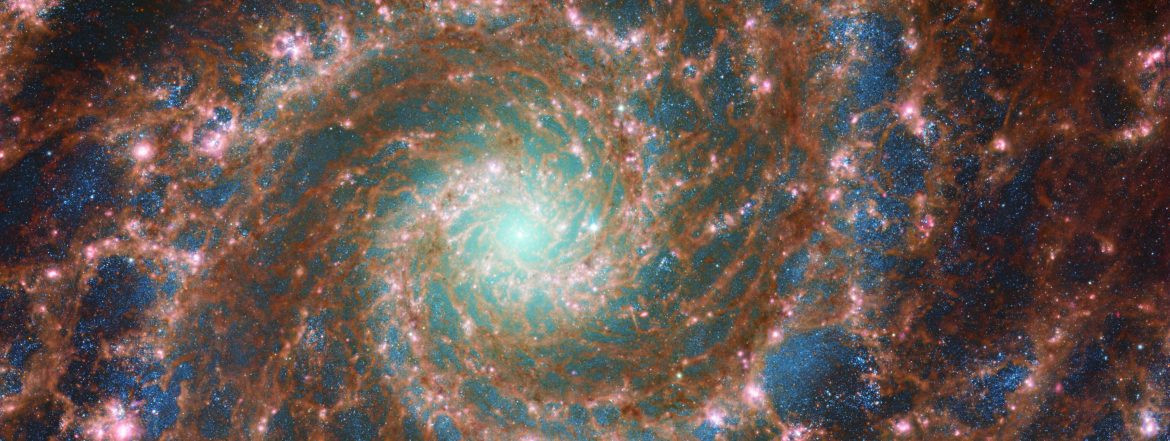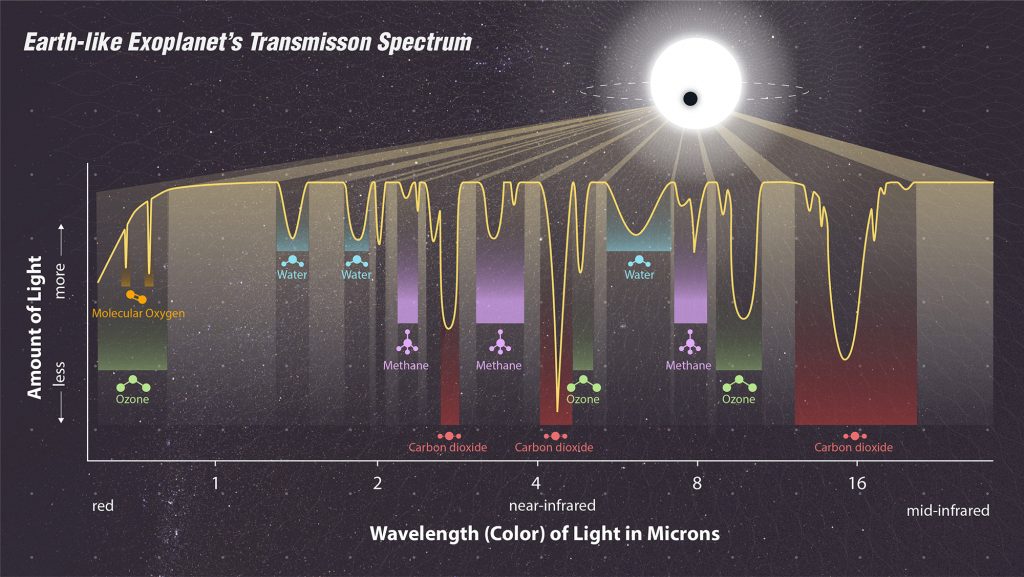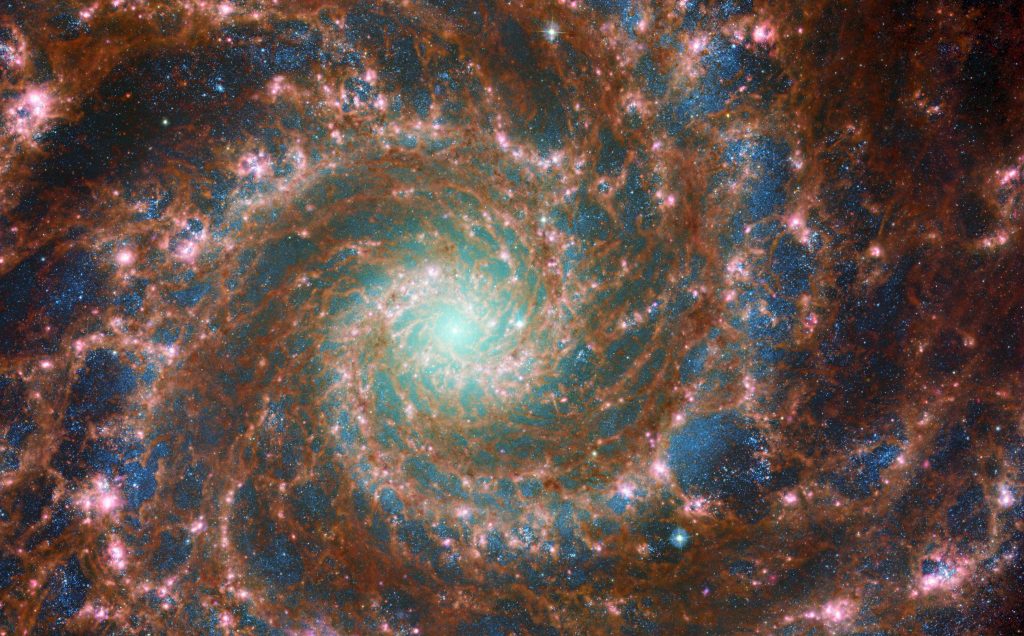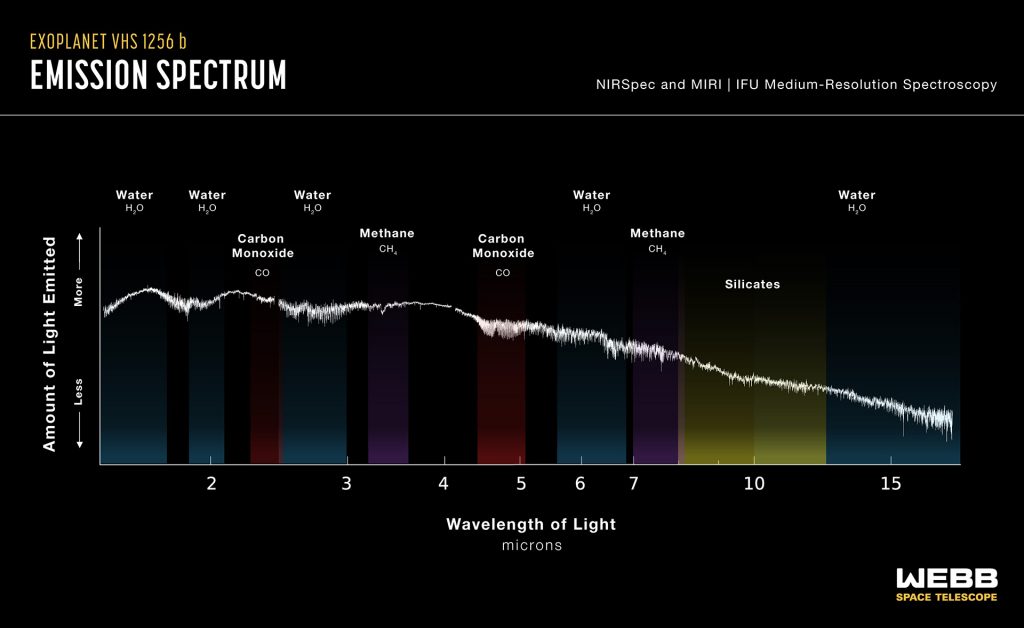Ethics and Astrobiology
by
The purpose of this Foundry series is to share some of the research and results that have come from the Ethics and Astrobiology Reading Group that we have been convening at UC Santa Cruz over the last few years. One such lesson has been that time itself—temporality, we might say—is part of the story of life on this planet, and certainly a fundamental part of the story of life in the universe. Accordingly, one pithy way to summarize the scope of astrobiological research is on a temporal scale: what life was, what life is, and what life could be across the cosmos…
These temporal questions are not easily resolved, and thus become a generative space for critical and ethical inquiry. Should our thinking about life in the cosmos beyond Earth—our terrestrial home—look forward or backward in time? Is astrobiology a recuperative science, oriented towards the historical origins of life? Or is it an expansive project, oriented towards some future confirmation of extra-terrestrial transcendence? Astrobiology textbooks now take it as axiomatic that life is a planetary process. In other words: there is no life on Earth without Earth. Should we take this to mean that life is always an expression of some local circumstance, no general life, but only life on planet X or within Solar System X?
Beyond this problem of temporal orientation that arises whenever we think about where life came from and where life could go, there is also the related question of duration—the lived experience of temporality. As far as the duration of astrobiology itself, it is a recently constituted research field. That research has accelerated exponentially since the observation of the first extrasolar planets in the 1990s, and will only continue as a new generation of telescopes and observatories come online. As is the case in so many nascent scientific fields—and especially in fields funded primarily by large grants—there exists an imperative to approximate the kind of capitalist logic of return on investment in order to justify the scientific endeavor. And thus, in order to guarantee its own duration as a field of inquiry, astrobiologists can feel compelled to predict that we will find good evidence of life beyond Earth within one or two generations of further scholarship and investigation. Perhaps that data will come from one of the exciting new extrasensory, extraterrestrial organs of perception that we have built for ourselves, like the James Webb Space Telescope (JWST) stationed out at the L2 Lagrange Point.1 What is certain is that the data gathered from that extraordinary space telescope will help design and implement a future generation of space observatories. If JWST does not capture the data we need, it will at least allow Earthlings a glimpse over the ridge of the solar system into the beyond, where more discoveries await, expansive and accelerating.
But there is also a need to complement that accelerated velocity with attention to slower, longer, deeper temporalities, from positions that can understand time itself as a lively and vibrant component of our cosmological experience. By slowing down our thought, questions that initially appeared resolved from one disciplinary perspective enter into an interdisciplinary discussion, where what once seemed terrestrially settled takes on renewed urgency beyond Earth. What *counts* as life? That is a question that has been explored in many different knowledge traditions over the long course of our shared terrestrial existence. In the gatherings of our reading group, we use the disciplinary friction generated by thinking such questions together as an occasion to create a space for ethical reflection, where that question of “what counts as life” might be reformulated into other, related questions. For instance, if our best understanding of life is “the expression of a planetary process,” the astrobiological perspective forces us to decide how faithful we want to be to our own terrestrial experience. What is unique to the living Earth, and what is universal to the process we call life? As we expand our footprint to the edge of the solar system and beyond, how far should we expand our own terrestrial concepts of ethical relationality into our galaxy?
One of the more troubling aspects of an astrobiological perspective is a sense of scholarly vertigo inflicted by confronting mistakes that can’t be undone. This feeling is especially acute for those of us conscious of the genocidal history of humanity’s previous attempts to selectively regulate the rhythms of life and death, what scholars call biopolitics and necropolitics. We convened our reading group during a time of explosive private sector interest in space initiatives and great controversy surrounding large astronomical projects; we gathered to think together, slowly. There were pressing demands in news headlines bearing down on us at an unmitigated pace: space junk clogging in low Earth orbit; spilled tardigrades on the lunar surface; telescopes built on sacred land; drones flying through the thinnest of Martian atmospheres. We wanted to find a way for that sense of urgency to guide our discussions without having our meetings devolve into a current-events kaffeeklatsch.
To that end, we found inspiration in the work of Susan Leigh Star and her many collaborators, especially in Star’s axiom that successful interdisciplinary cooperation does not begin from consensus. Star further qualifies this, suggesting that, on the contrary, intellectual and scientific cooperation frequently unfolds productively without ever reaching group consensus. This is even more true for astrobiological research, which by its very nature must be unsettling since it forces us to think beyond the limits of established terrestrial consensus. That is also why astrobiology is particularly appealing to artists and intellectuals committed to the unbound imagination, and helps to explain why these collaborations have been and will continue to be so intellectually generative.
We also realized that our conversations could only exist in that form: as discussions unfolding in a shared space. In this, we found inspiration in the contemporary findings in origins-of-life research that there was no singular organism nor singular event that instantaneously gave rise to “life.”2 If life began already as a community, should it not be the case that astrobiological research ought also to model generative community engagement as its baseline condition for existence? We are hoping to translate that spirit of interdisciplinary conversation in community into this special Foundry series on Ethics and Astrobiology, and to highlight the collaborative commitment at the heart of the project.
One key to the group’s success was a request early on in the process that participants identify what we called “red flag” words, ambivalent or polyvocal words masquerading as a shared vocabulary but actually grounded in different and disciplinarily significant understandings. No single word is more indicative of this than “life” itself, pulled in one direction towards “life as we know it” and in another towards “life as it could be”… As the group continued to think together, it became apparent that the emerging transdisciplinary field of astrobiology demanded a comfort with the kinds of ambivalences that express themselves in ways quite familiar to artistic and humanistic methods of inquiry. As is natural when scientists from fields as diverse as evolutionary biology, astrophysics, planetary sciences, biochemistry, astronomy, and cosmology—just to name a few—all come together to study the past and present state of life in the universe, questions of terminology, scale, and method can collide when the baseline assumptions about biology itself become the object of scientific speculation. What began as conceptual impediments to shared discussion developed into a cluster of concepts that—it seemed to us—demanded to be accounted for through an ethical framework. By integrating humanistic, social scientific, and artistic methodologies into an already-complex conceptual field, our work in the reading group has created a space for truly cross-disciplinary exchange where scholars can speak from their situated expertise while also expanding their epistemological framework. Beyond a happy result from our collaborative work, this method is absolutely necessary for coherent and meaningful exchanges about the problems and topics we investigate.
We have decided to continue this collaborative spirit for this special Foundry series. We will be staging a series of new conversations to think through a cluster of themes that emerged from our discussions. In the most abstract sense, we can name these themes media, frontier, and complexity. Each conversation unfolded from a cluster of questions inspired by these themes. All three are indicative of the dialogues that characterized our meetings, which cast a wide interdisciplinary web.
We begin with a conversation between Madelyn Broome and Melody Jue, whose book Wild Blue Media was part of our reading list. Although Wild Blue Media focuses on the Earth’s saltwater oceans, Jue’s concept of milieu-specific analysis provided us a framework for thinking about media from an exoplanetary perspective, and served as an antidote to our flatfooted terrestrial bias. Broome, in turn, brings that kind of mileu-specific analysis to thinking about exoplanets and the broader conditions of mediation implicit in astrobiology.
Long-time group participant Gabriel Mindel entered into conversation with David Delgado Shorter to address a question that has troubled our group since our early days: as our species expands into the solar system, must the colonial frontier accompany us as ontological cargo? The conversation marks a distinction between settled and grounded ways of existing in the cosmos, and then challenges astrobiology as a field to integrate other ways of knowing life into its ground truths.
The third and final conversation brings together two long-time group participants, Ruth Murray-Clay and Martin Devecka. Together, they investigate the complexities of life from positions grounded in both the astrophysics of solar system formation and epistemologies of the ancient world. They find some surprising affinities between the two disciplines, and then fold those insights back into a discussion about the role of surprise itself in detecting life-as-we-don’t-know-it. Their conversation emerged after our conference “What is Life? Ancient Answers to Modern Questions.” We have also included a summary of the conference, which was generously funded by UCHRI, as part of this series.
All three conversations have been condensed and edited for clarity. We have also cut out the affirmative declarations that usually opened each comment and exchange, because reading them would have become repetitive to the point of exhaustion. But in removing those affirmations, we have sacrificed a key methodological innovation that has allowed our group to flourish. All of our participants bring an improvisational spirit to our scholarly encounters, which means that responses usually open with some version of “yes, and!”
Reading Group Mechanics
Beyond that grounding commitment to affirming our interdisciplinary community, we also implemented a few structural principles to guide and organize our weekly discussions. At the beginning of each quarter, we solicited input from all participants to build out a reading list for the following ten weeks. For several quarters we also had help from our wonderful graduate student researcher participants who were generously funded through the Astrobiology Initiative. Our selections for each quarter were either based around one main novel or a thematic cluster of articles and short stories. We then supplemented those main readings with multimedia projects, journal articles, and scientific white papers.
Each session opened with a targeted question proposed by the conveners, to be discussed in small breakout groups. Many of these questions—like “Is Frog Eggs a scientific discovery?” or “Why go into the Zone?”—only make sense in the context of the weekly reading selection. But others captured ongoing themes that spilled over from quarter to quarter, like “Will contact be bureaucratic?” and “Who are the stakeholders in outer space?”
We reconvened after about 15 minutes, and each group gave a brief summary of the main questions, ideas, and themes discussed. Those summaries then opened up directly into our broader conversation. We used a chat feature to take a comment stack, and moved through participants’ comments or questions one by one. After several sessions, we realized that this could lend the conversation a slightly staccato rhythm that did not allow for deeper engagement, so we instituted a way for participants to jump the comment queue if they had a direct response, or if someone wanted to build off a previous idea before moving on.
One final structural feature of our conversations was an intellectually engaged confidentiality agreement. Some call this “Chatham House rules,” although in other forms of organizing the agreement is to take away the learnings from an encounter, while respecting the privacy of the process in which the learning unfolds. The cultural baggage we bring to the scientific endeavor, to the artistic endeavor, and to the humanistic endeavor can best be recognized in spaces of frank conversation and intellectual vulnerability. That’s why we came together: to work through ideas in collaboration. What follows in this series is our attempt to capture some of that intellectual magic for a broader audience.
Ethics and Astrobiology Reading List: Selected Readings and Media
This group came about when we realized there were books we needed to read together in order to begin thinking about ethics and astrobiology. Natalie Batalha suggested a reading group format, modeled on the “breakfast club” group described by Alan Lightman in The Accidental Universe, and we quickly assembled a large and diverse group of participants from the UC Santa Cruz community.
The texts that most resonated with us were those that plausibly and provocatively speculated how we might come into contact with a different branch of the universal tree of life. The bibliography developed over many quarters, and during that span each participant engaged in their own research, bringing that developing expertise back to our future meetings.
Two books in particular set an early tone: in our first quarter we read the Strugatsky Brothers’ Roadside Picnic, a novel that decenters the astrobiological encounter to a place of cosmic indifference. The Strugatsky vision of how alien contact would go down, late-Cold War style, is a vivid parable of a scientific-militaristic-opportunistic contact zone metastasizing around a xenobiological impact site. At the end of our second quarter, we turned to Octavia Butler’s Dawn, the first book in the Lilith’s Brood/Xenogenesis trilogy. Butler’s novel stretched our understanding of genomic change across an intergalactic scale while still dramatizing the humanity of an encounter with alterity. After a few quarters, we produced a summary of our main themes: frontier, media, and complexity. Those keywords helped guide and organize subsequent quarters. Click here to access the full reading list for all seven quarters.
“Ethics and Astrobiology” series
“Astrobiological Media,” Madelyn Broome, Melody Jue, and Zac Zimmer
“What is Life: Ancient Answers to Modern Questions,” Martin Devecka and Zac Zimmer
“On Astrobiology, Ontology, and Decoloniality,” Gabriel Mindel and David Delgado Shorter
“Complexity and Surprise in the Ancient World and Beyond the Solar System,” Martin Devecka and Ruth Murray-Clay
Notes
- The articles in this series are illustrated from images and visualizations produced from JWST data, with the exception of one Cassini image of Jupiter and Io in “Complexity and Surprise in the Ancient World and Beyond the Solar System.”
- See, for example, the work of Nick Hud and the Hud Lab at Georgia Tech.





